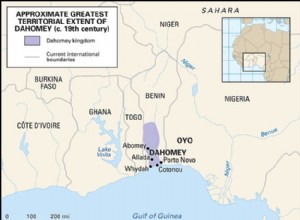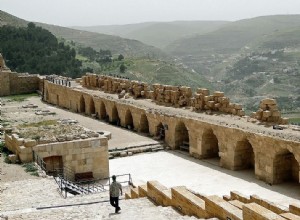Dahomey , kingdom in West Africa , used in the southern region in the 18th and 19th centuries Benin thrived . Tradition has it that in the early 17th century three brothers competed for the kingdom Allada , which like neighboring Whydah (now) Ouidah ), was in Slave Trade got r




